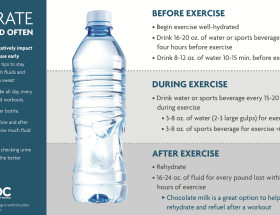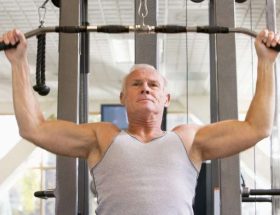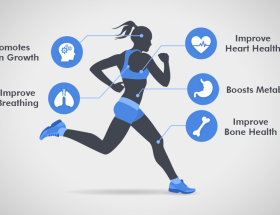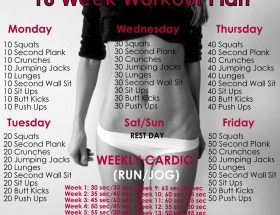Endurance athletes often focus solely on their specific sports training, such as running, cycling, or swimming. While this approach is crucial for improving performance in their chosen discipline, cross-training through activities like CrossFit can bring significant benefits to endurance athletes. CrossFit, known for its varied and intense workouts, can enhance overall fitness, increase strength and power, prevent injuries, and prevent training plateaus for endurance athletes. In this article, we will explore how CrossFit training can complement and improve the performance of endurance athletes.
Benefits of CrossFit Training
Endurance athletes require a well-rounded fitness foundation to perform at their best. Engaging in CrossFit training helps to improve several important aspects of their fitness:
Strength and Power Development
Endurance sports primarily focus on the cardiovascular system, emphasizing cardiovascular fitness and aerobic capacity. While endurance athletes excel in these areas, they often underestimate the importance of strength and power. CrossFit incorporates functional movements that work the entire body, enhancing strength, power, and athleticism. By improving muscular strength and explosiveness, endurance athletes can generate more force during their sport-specific movements, leading to improved performance and efficiency.
Improved Endurance
Contrary to popular belief, CrossFit is not solely about short, intense workouts. CrossFit workouts can be designed to challenge endurance athletes by incorporating high-repetition or longer duration exercises. These workouts help to increase muscular endurance, which is crucial for maintaining proper form and technique during long-distance events. By building endurance through CrossFit, endurance athletes can go the distance with better form, reducing the risk of injuries and fatigue late in their races.
Injury Prevention
Endurance sports, such as running or cycling, can lead to muscular imbalances and overuse injuries due to repetitive movements. CrossFit workouts, which consist of varied movements and exercises, help to strengthen the entire body and correct these imbalances. By engaging in functional movements and focusing on proper technique, endurance athletes can reduce their risk of common overuse injuries. Additionally, the improved strength and stability gained from CrossFit training can enhance joint and ligament integrity, reducing the overall risk of injuries.
Mental Toughness and Motivation
Endurance sports require immense mental strength and determination to push through challenging moments during training and competitions. CrossFit training, with its demanding workouts, helps to develop mental toughness through perseverance, discipline, and overcoming physical and mental barriers. The intensity and variety of CrossFit also provide a refreshing change in routine for endurance athletes, preventing training plateaus and keeping motivation high.
Designing a CrossFit Program for Endurance Athletes
While CrossFit offers numerous benefits for endurance athletes, it is important to design a program tailored to the specific needs of their sport. Here are some key considerations when incorporating CrossFit into an endurance training plan:
Balance Between CrossFit and Sport-Specific Training
Endurance athletes should prioritize their sport-specific training while incorporating CrossFit workouts as supplemental training. This ensures that the demands of their endurance sport are adequately met while still benefiting from the additional strength, power, and injury prevention offered by CrossFit. Striking the right balance between the two is crucial to avoid overtraining and burnout.
Varied Workout Intensity
Endurance athletes should include a mix of high-intensity workouts and longer, lower-intensity workouts in their CrossFit training. This replicates the varied nature of endurance sports, where athletes need to perform at different intensities over extended periods. High-intensity workouts improve overall power and explosiveness, while longer, lower-intensity workouts build muscular endurance and promote recovery.
Focus on Mobility and Flexibility
Endurance sports can often lead to tight muscles and reduced range of motion. Including regular mobility and flexibility exercises in a CrossFit program can help alleviate these issues and improve overall movement quality. Proper mobilization helps endurance athletes maintain good form during their sport-specific movements, reducing the risk of injuries caused by poor biomechanics.
Periodization and Recovery
Endurance athletes already have a demanding training schedule, and adding CrossFit training can increase the risk of overtraining. It is essential to incorporate periodization and adequate recovery into the training plan. By cycling the intensity and volume of CrossFit workouts, athletes can prevent burnout and optimize performance gains.
Conclusion
CrossFit training offers tremendous benefits for endurance athletes. By incorporating varied, intense workouts into their training routines, endurance athletes can improve overall fitness, enhance strength and power, prevent injuries, and maintain motivation. However, it is essential to design a program that strikes the right balance between cross-training and sport-specific training, focusing on mobility, flexibility, and periodization. By incorporating CrossFit training intelligently, endurance athletes can take their performance to new heights.








